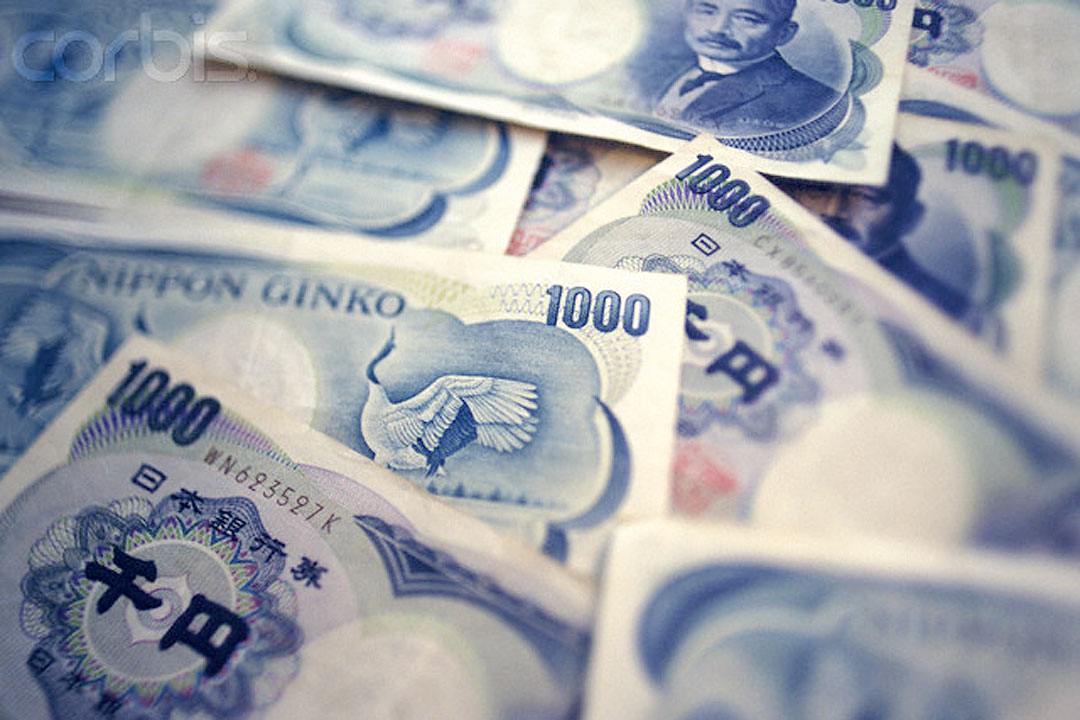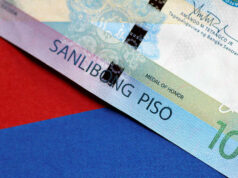Japan’s central bank intervenes to cap yields just as havens find favor

JAPANESE BONDS got a double boost Monday as traders returned from a long weekend to find strong demand for haven assets, just as the central bank showed its determination to enforce yield-curve control.
The Bank of Japan (BoJ) offered to buy an unlimited amount of 10-year bonds at a fixed rate of 0.25% in a bid to cap the recent rise in yields. There was no take up from investors, given the benchmark yield slipped well below that rate in the secondary market to as low as 0.2%.
The plan was announced on Thursday and was the first of its type in more than three years. That news came shortly before US inflation data sparked a renewed sell-off in global bonds, only for them to recover on Friday as central banks pushed back on rate-hike speculation and tension over Ukraine increased.
The shifts over recent days meant the need for the BoJ to conduct this kind of operation had eased. With US yields back near where they were before Japan’s three-day weekend, there was no expectation of any take up from investors, said Katsutoshi Inadome, a strategist at Mitsubishi UFJ Morgan Stanley Securities in Tokyo.
“The JGB (Japanese government bond) market will likely see relief buying as the BoJ firmly showed its stance to draw a line on the upper limit of 10-year yield at 0.25%,” he wrote in a note before the operation.
Japan’s central bank remains an outlier, maintaining ultra-easy policy while its peers start to wind back stimulus. With the fixed-rate operation, the BoJ is setting 0.25% as a clearer line in the sand for traders and doubling down on its commitment to continue with its stimulus program for now.
The lack of takers on Monday came as no surprise as the rate offered no incentive for bond holders to sell. As in past instances, the BoJ’s first fixed-rate operation this time around was more a precautionary move. The offer included the current 10-year benchmark bond and two previous benchmark issues.
PRESSURE EASING
Upward pressure on Japanese yields may cool for the time being, given that global central bankers are pushing back against talk of even faster rate hikes, geopolitical concerns around Russia and Ukraine have put investors on edge and the BoJ clarified it will protect its ceiling.
Under its curve control policy, the BoJ has a desired trading range for the 10-year bonds of 0.25% either side of zero.
But if traders again test the central bank’s resolve and yields get closer to 0.25%, the BoJ could ramp up the potency of its operations by offering a fixed-rate that is below market levels. That potentially expensive option would have more fire-power because it offers an instant payout for bond-holders.
Another option would be to announce fixed-rate operations on consecutive days for the first time, which would set out even more firmly the BoJ’s stance of not backing down against market pressure.
At some point, yields are likely to move up again given the risk of higher oil prices and uncertainty over the next BoJ Governor as Haruhiko Kuroda’s term ends in April next year, according to Yoshimasa Maruyama of SMBC Nikko Securities.
The focus may now shift to Japan’s yield curve, with upward pressure expected on 30-year yields should longer-dated Treasuries continue to sell off, said Akio Kato, general manager of strategic research and investment at Mitsubishi UFJ Kokusai Asset Management Co. in Tokyo.
“The BoJ has put a cap on 10-year yields but the decline will likely be limited to around 0.2% as US yields are expected to keep climbing,” he said.
DIFFERENT DYNAMICS
Still, Japan is facing different inflation dynamics compared with the rest of the world. Its key price measure is likely to show inflation slowed to 0.3% last month according to analyst forecasts ahead of data due Friday.
A weaker reading for Japanese inflation could ease speculation that the BoJ might consider normalization steps. Even if price growth stays around 0.5%, it is still far behind the US, where inflation last week reached its fastest clip since 1982.
“There is no need and no chance of reducing easing or turning to tightening,” Mr. Kuroda said in an interview with local news media last week.
“The market has not really tested the BoJ yet, but if it does, we would expect a forceful response,” Win Thin, global head of currency strategy at Brown Brothers Harriman & Co., wrote in a note. “We continue to believe the Bank of Japan will continue to defend the 0.25% upper limit for 10-year JGB yields under yield curve control.” — Bloomberg



